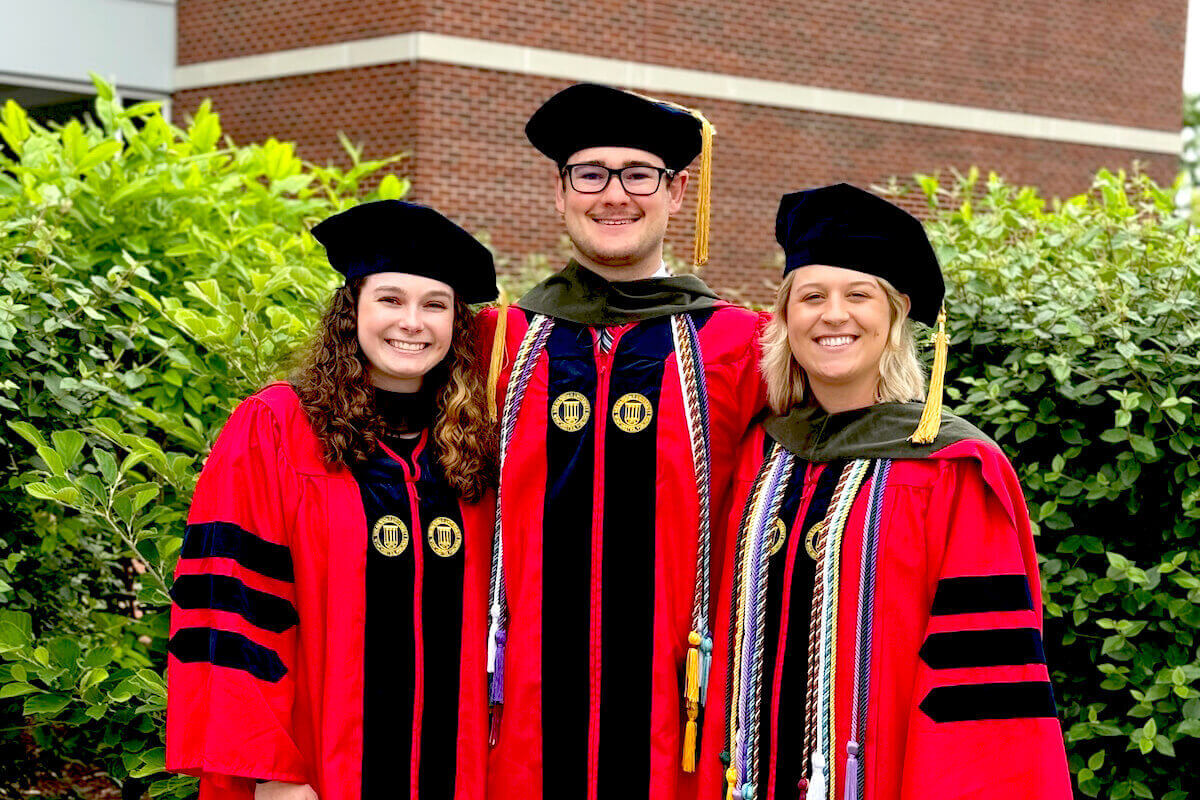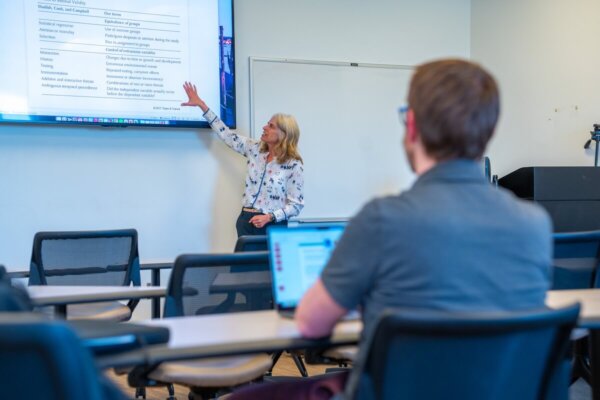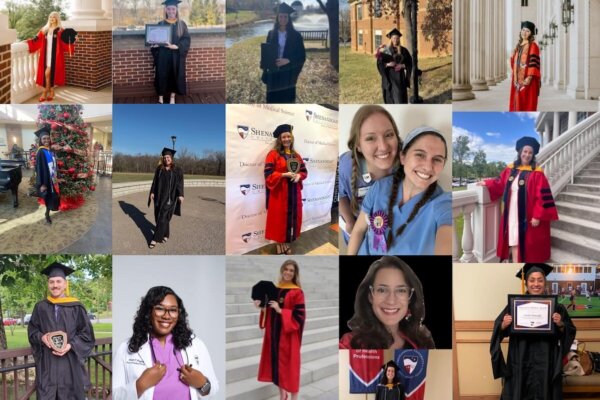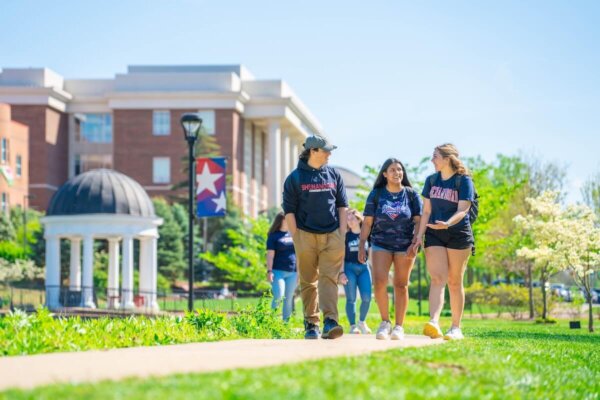360 Videos Inspire Emotional Connection
SCIL Shares Perspectives On The Power Of 360, AR & VR With International Students
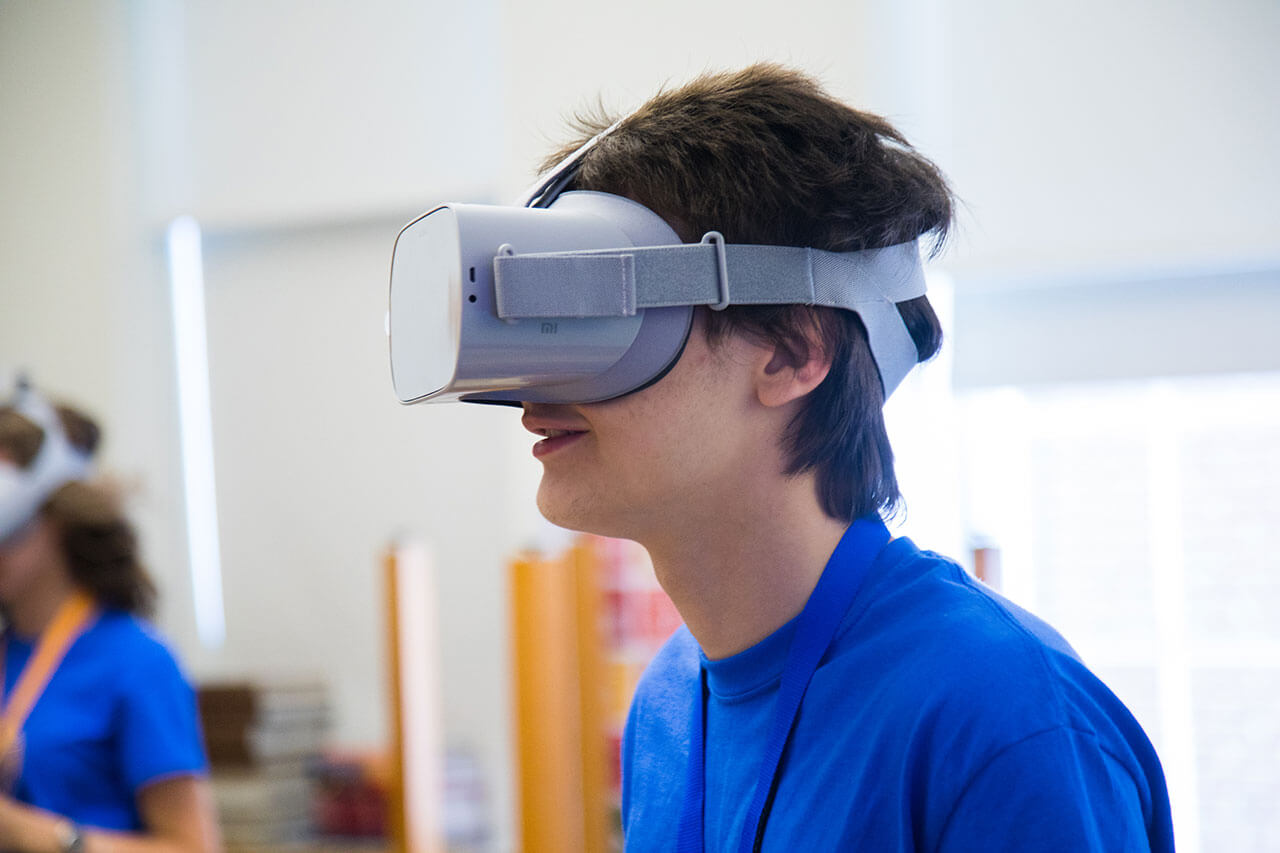
For a week this summer, students from an array of countries around the world came to Winchester for an International Education and Resource Network (iEARN) International Conference & Youth Summit. While the conference, which marked iEARN’s 30th anniversary, occurred at the city’s John Handley High School, iEARN participants and staffers lived on Shenandoah University’s main campus for the July 8 through July 14 event. Although Shenandoah’s main role in the conference was to provide food and shelter, its augmented/virtual reality (AR,VR)/360 video arm, the Shenandoah Center for Immersive Learning (SCIL) offered two presentations at the conference.
Learning Through Collaboration
The iEARN organization is an “online K-12 non-profit network that enables educators and young people to participate in global virtual exchange through collaboration. Students work on educational projects aligned with the U.N.’s Sustainable Development Goals,” according to the iEARN website.
This collaborative spirit dovetails well with SCIL and its student work force, which provides production services for university faculty, for-profit corporations, academic institutions (K-12 and higher education), nonprofit organizations and government agencies. SCIL’s executive director, Associate Professor of Theatre J.J. Ruscella, M.F.A., said it is important for SCIL to connect with organizations like iEARN. “As Shenandoah pioneers the field of immersive learning, it is our responsibility to share our discoveries and best practices with other educators, both domestic and international; and the technologies themselves create immense opportunities for scaling, distribution, and connectivity with others around the world. In order to explore these new applications, we need international partnerships that would not only benefit from the learning experiences but assist in the testing and refining of their design and implementation.”
“VR/AR and 360 technology will enable sensory-based immersive experiences that can recreate significant learning moments, from transporting an individual into historical events to allowing an individual to step into the world of a novel and interact with its characters, to simulating key career moments. This new ability to create visceral learning is a green field of new and infinite possibilities. Shenandoah is poised to lead these experiences with the integration of trained standardized performers. Where most labs are focused on the human-to-artificial intelligence experience, SCIL focuses on the human-to-human connection,” Ruscella said.
Students from the United States, Italy, Morocco, Suriname and Georgia took part in the SCIL presentation, which involved an immersive viewing of the SCIL-produced video, “An Atmosphere of Hate,” which plunges the viewer into a recreation of a Civil Rights-era protest to integrate a Southern lunch counter. The SCIL presentation also featured a discussion about how the experience made the students feel, and the capabilities of 360 videos.
A More Emotional Viewing Experience
Ruscella explained to those participating in the first presentation that a 360 video, watched using special glasses or goggles, provides an empathetic experience for the viewer, rather than the more intellectual experience of watching a film on a flat screen.
The 360 experience is controlled more by the viewer than a director, and provides the watcher with greater emotional connectivity to a story in a shorter time span than occurs during a traditional movie-viewing experience.
The immersive 360 video experience allows viewers to feel like they’re part of the scene, which makes such videos a useful way to provide training exercises that can prepare people to handle the stresses of extreme circumstances.
Ruscella explained further, by asking students about what happens in tense moments. A student answered that time seems to slow down or speed up and details are often missed. With a 360 video, an initial, fear-inducing experience can occur in a virtual environment, so that when it happens for real, a person can react better to a similar situation, according to Ruscella.
Creating 360 video is becoming more user-friendly all the time, said Ruscella and Shenandoah Immersive Specialist Cody Pugsley. Filming is simpler than it is for a regular video or movie, and SCIL, for its narrative productions, tries to remove scripted dialogue to focus on natural behavior, said Ruscella, noting that anything that feels too “on,” will pull a watcher out of the experience.
Headsets, like the ones the students used to view “An Atmosphere of Hate,” now retail for about $200, and Pugsley said good quality 360 video cameras are selling for about $300.
“The ease and accessibility of this is about to change,” Ruscella said to the students gathered in a Handley High School science classroom being used for the conference. “It’s such a wide-open field. I invite you guys to participate in the new frontier.”
Projects on the horizon
SCIL is definitely in the forefront of the field. It will work with the Shenandoah Valley Discovery Museum to create a 360 video for a longhouse exhibit, giving visitors a first-hand look into the Native American experience. About a dozen students are slated to work on this project.
It has also received $18,000 from the Shenandoah Valley Battlefields Foundation and the Shenandoah Valley Battlefields National Historic District to create a 360 VR video for the Shenandoah Valley Civil War Museum. This experience will be a four-minute, transcript-based recreation of the most intense moments of the fall 1859 trial of abolitionist John Brown, for leading an October 1959 raid on the federal armory in Harpers Ferry (then in Virginia, now West Virginia) that led to the deaths of 14 people. Brown’s intent was use arms seized at the arsenal in a slave insurrection. He was found guilty on charges of treason against Virginia, murder and leading a slave insurrection, and was hanged on Dec. 2, 1859. Judge Richard Parker, who presided over the trial and pronounced Brown’s sentence, was a Winchester resident and is buried in the city’s Mount Hebron Cemetery. Brown’s raid contributed to political conditions that resulted in the election of Abraham Lincoln as U.S. president in 1860, setting events leading to the U.S. Civil War in motion. Thirty-two students will be involved in filming and post-production of this VR experience.

